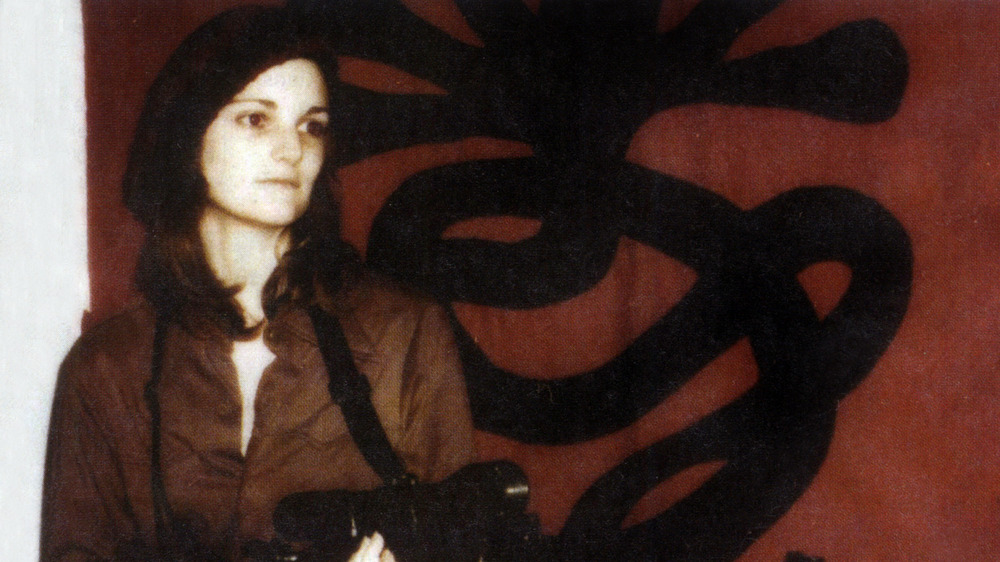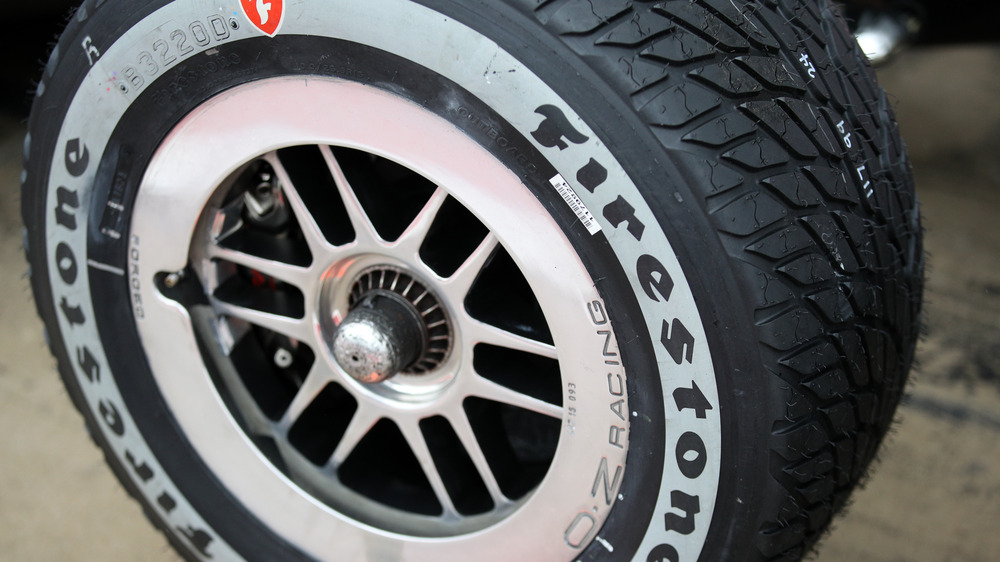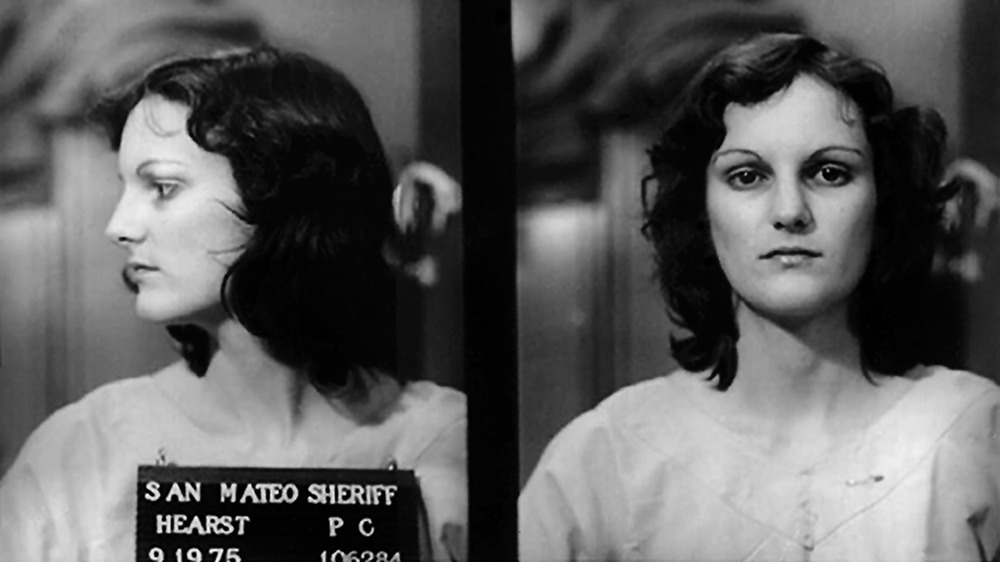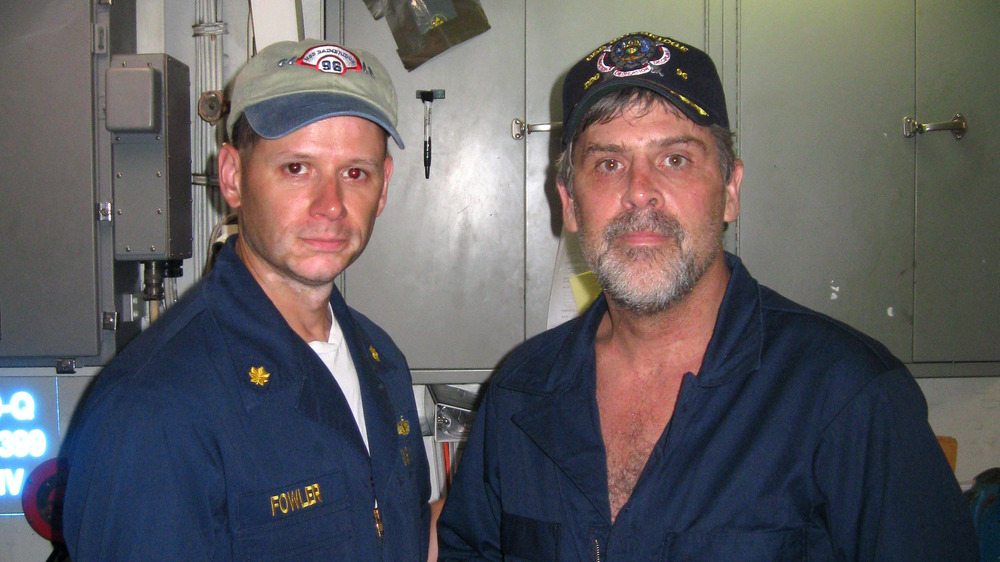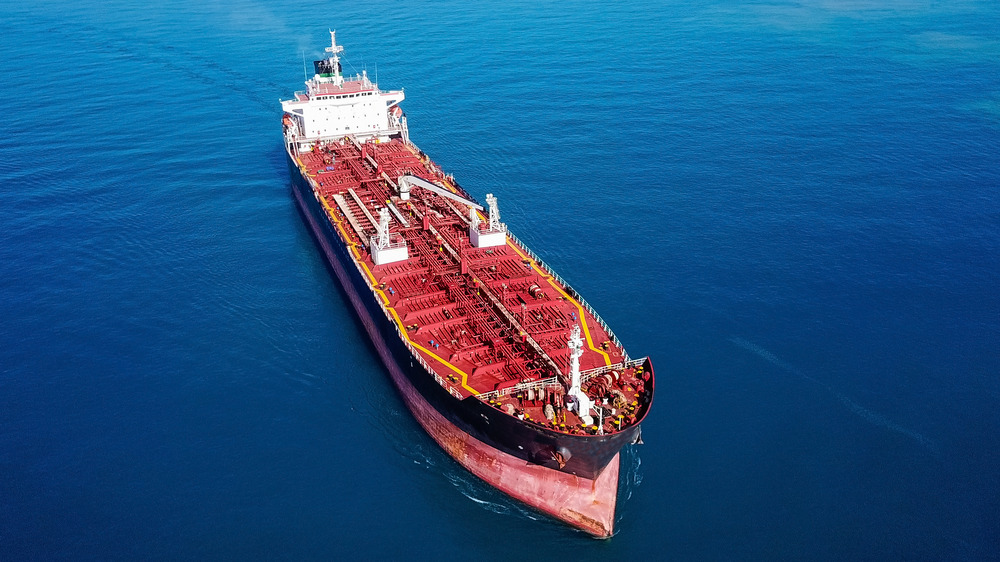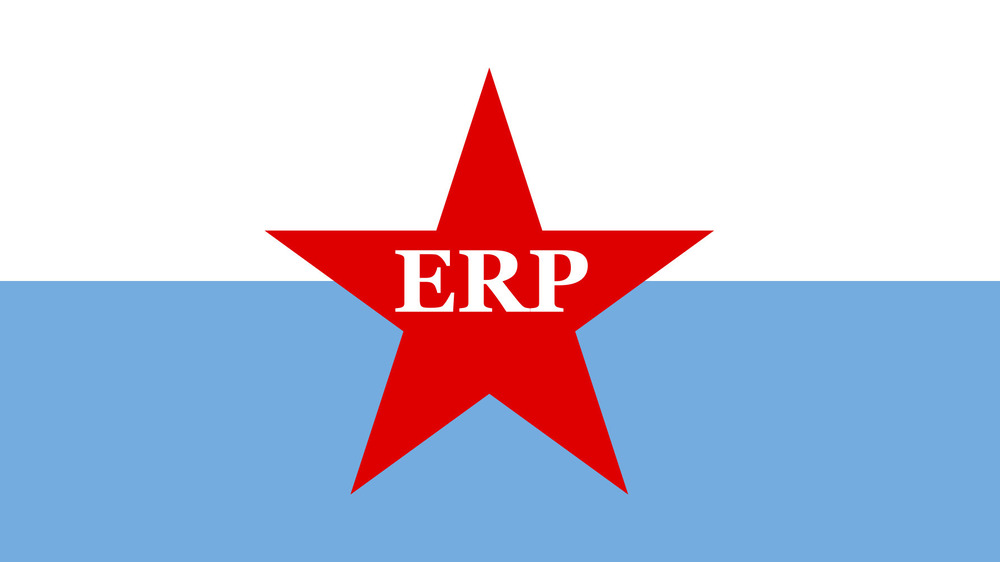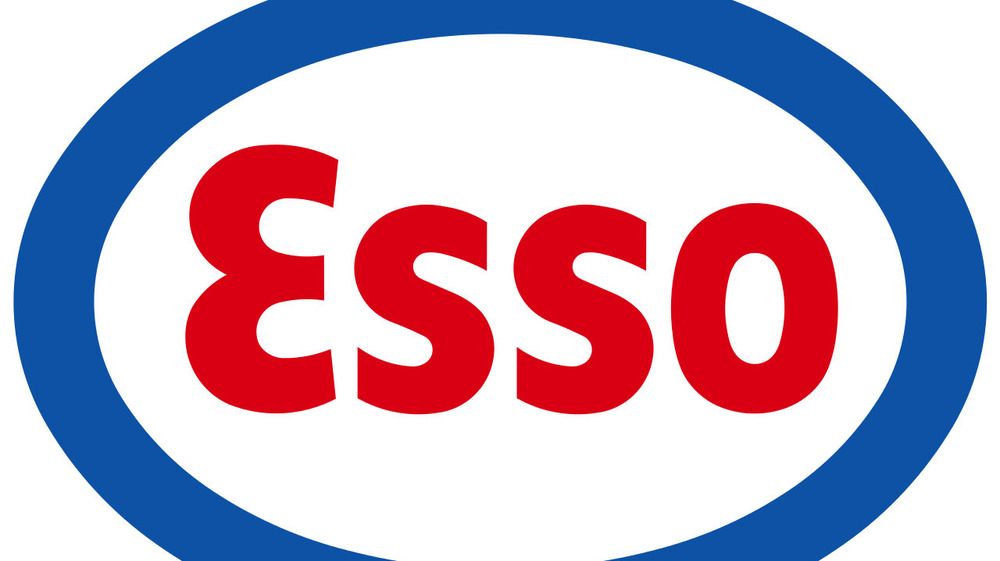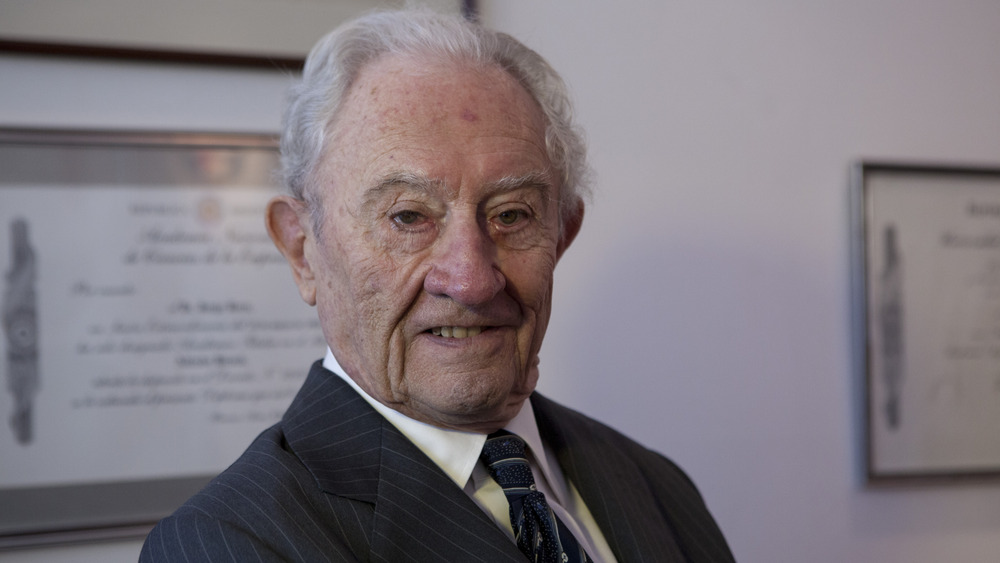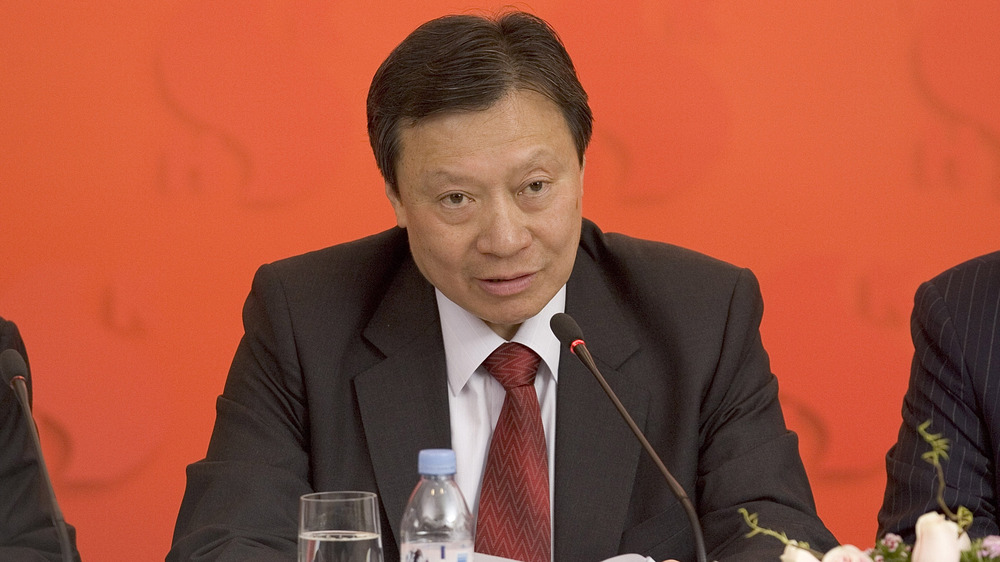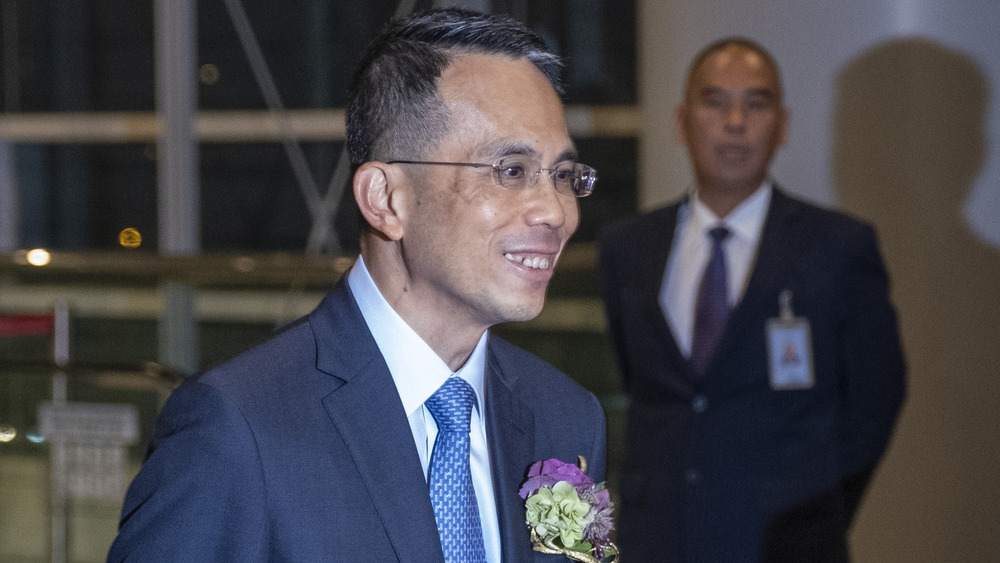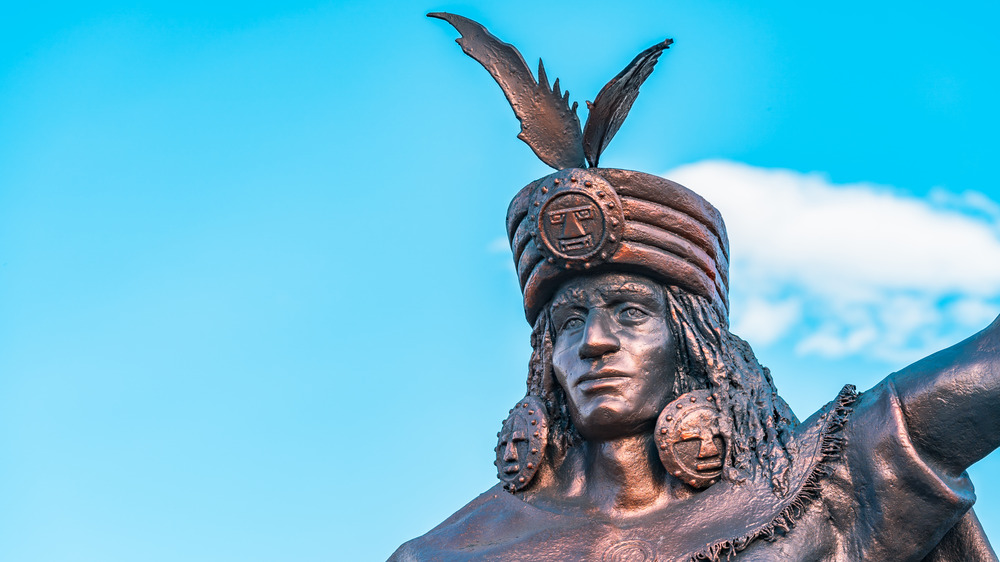The Biggest Ransoms Ever Paid Out
When it comes to criminal schemes, kidnapping and ransom never seems to go out of style. Most people place a high emotional value on their loved ones, after all, and even soulless corporations rarely want to deal with the public relations fallout that would follow refusing to ransom one of their executives. That means people will usually be willing to pay enormous amounts of money for the safe return of a kidnapping victim.
How enormous? Plenty enormous, as it turns out, which has made ransoming kidnapped folks a pretty popular pastime for criminal gangs and terrorist groups over the years. Once you have physical control over a human being with value to someone else, after all, you hold all the cards: No one is going to risk the life of the victim by refusing your demands. As long as you've chosen a sufficiently wealthy victim, you're almost guaranteed to make it rain.
That's one reason corporations pop up so often on this list of the biggest ransoms ever paid out—huge multinational companies have the resources to make kidnapping a real winning strategy. If you're curious about just how big those ransoms can get, read on.
John R. Thompson. Ransom: $3 Million
In Argentina in the 1970s, kidnapping wealthy executives became something of a fad—so many high-ranking businesspeople were snatched off the streets and held for huge ransoms it's amazing multinational corporations could find qualified candidates for those executive positions. After a while, some of the people interviewing for those jobs had to wonder if the position was open because someone had been kidnapped.
One of the earliest (and lowest-paying) incidents involved John R. Thompson, who was president of Firestone Tire & Rubber Corporation's Argentinian operations. As noted by an official report by the United States Congress, Thompson's car was forced off the road in Buenos Aires in June 1973. Five cars surrounded his vehicle, his driver was pulled from the car and pushed into a ditch, and Thompson was taken. The People's Revolutionary Army (officially Ejército Revolucionario del Pueblo, abbreviated ERP) took credit for the kidnapping. Despite being described as a "Trotskyite" organization by Congress, the ERP wanted the same thing all kidnappers want: Cash.
And they got some. Setting a short-lived record for ransoms, The New York Times reports that the ERP scored $3 million in exchange for releasing Thompson about two-and-a-half weeks after his abduction. As Time reports, the ERP collected the ransom in a stolen armored car, apparently worried about being robbed themselves.
Enrique Metz. Ransom: $5 Million
In the 1970s, Argentina was struggling economically. Inflation was out of control, and many workers came to believe their union representatives were more sympathetic to the government's wishes to keep wages flat than to their own interests. And several leftist terrorist groups saw an opportunity to gain popular support.
As noted by The New York Times, militias like the People's Revolutionary Army (aka Ejército Revolucionario del Pueblo [ERP]) and the Montoneros made millions of dollars by kidnapping wealthy executives and holding them for ransom. While those tactics were incredibly effective for growing a war chest, they didn't gain them any support with the people. So they tweaked their tactics.
When the Montoneros kidnapped a high-ranking executive at Mercedes named Enrique Metz, they didn't demand a ransom—they demanded a "fine" for the company's crimes in Argentina. While they forced Mercedes to pay them $5 million for Metz's release (like most of the kidnappings in 1970s Argentina, this briefly set a record for highest ransom ever), they also demanded that the company rehire more than 100 employees who had been downsized out of their jobs—and forced Mercedes to promise that the workers wouldn't be punished. This tactic of making jobs and better wages part of their ransom demands did wonders for the group's popularity.
Patty Hearst. Ransom: $6 million
You might be familiar with Patty Hearst, who along with John Paul Getty III is probably the most famous American kidnapping victim in recent history. History reports that Hearst, a member of the famed newspaper family, was kidnapped by The Symbionese Liberation Army in February of 1974—snatched right out of her apartment.
Hearst was with the SLA for the next 19 months, and famously transformed from a prisoner to a member, changing her name to Tania and even assisting the terrorists with a bank robbery. But before Patty Hearst became a living example of Stockholm Syndrome, the SLA began negotiating for her release. As MoneyWeek notes, they initially demanded the release of two of their members serving prison sentences. When this was rebuffed, the SLA changed tack and demanded that the Hearst family pony up $2 million worth of food for the poor in California. Later they upped the demand to $70 worth of free food to every person in California, which could have cost $60 million.
Hearst's father paid for $6 million in food, but the distribution was a disaster, with riots breaking out in the streets. The SLA claimed the food was low quality and refused to release Hearst—though this may have been a ploy, since she obviously didn't want to go home yet.
The Maran Centaurus Crew. Ransom: $7 million
Take away any sort of economic hope, any sort of national infrastructure, and any sort of actual government, and people will get creative when it comes to their survival. That's what happened in Somalia after its government collapsed in 1991. For 20 years, it was a country without anything resembling a functioning government, and piracy raged out of control.
If you've seen the Tom Hanks film Captain Phillips you know it's not crazy that in 2010, a year after the incident that film is based on, a different bunch of Somali pirates hit paydirt when they seized an entire oil tanker off the coast of Africa. As Business Insider reports, the Maran Centaurus was hauling about $150 million worth of crude oil when it was taken—and it was crewed by 28 men who instantly became hostages.
The pirates held the tanker for two months, and were finally paid $7 million—a record at the time. The cash was dropped from a helicopter onto the deck. Reuters reports that, true to their word, the pirates released the ship and the crew without incident. They claimed that they'd offered the crew $500,000 to be cooperative, and issued a statement thanking them for being cool about the whole thing.
The crew of the Samho Dream. Ransom: $9.5 Million
When it comes to a successful kidnapping, you have to remember that it's a marathon, not a sprint. Sometimes they only way to convince people that you're serious about being paid is to hold your hostages for a very, very long time.
As reported by the BBC, in 2010 Somali pirates set some records in the ransom business in terms of both payout and dedication to the plan. The desperate pirates managed to seize the oil tanker Samho Dream and its cargo worth about $170 million, not to mention the 24 crew members who were unlucky enough to be on board. And then the pirates held the tanker for 218 days. That's more than seven months.
The pirates initially demanded $20 million for the release of the tanker and crew, but like any good businesspeople they were willing to negotiate, and in the end they got a record-setting $9.5 million. They dutifully released the ship and crew, who were found to be in good condition. The high ransom forced ship owners to reconsider their approach to Somali pirates—who were holding 25 ships for ransom in addition to the Samho Dream at the time.
Charles Lockwood. Ransom: $10 Million
In the early 1970s, Charles Lockwood was a high-level executive. He was director of several companies, including Acrow Steel and Roberts Finance, the latter of which was based in Argentina. Which was unfortunate for Lockwood because Argentina in the 1970s was the center of the kidnapping-for-ransom universe. This led to Lockwood's main claim to fame: He's the only man to be kidnapped by the same terrorist group and held for ransom twice.
According to The New York Times, in 1973 Ejército Revolucionario del Pueblo (ERP), otherwise known as The People's Revolutionary Army, kidnapped Lockwood and held him prisoner for 54 days. They demanded a ransom of $1 million, and unlike in some other kidnapping cases the authorities and Lockwood's companies worked fast to comply, and Lockwood was freed. Smart Risk Solutions notes that the lack of pushback or negotiation around the ransom may have encouraged the ERP, because less than two years later they snatched Lockwood off the street again, and this time asked for $10 million. Adjusted for inflation Lockwood's freedom cost close to $55 million.
According to the Review of International Studies, Lockwood chose to leave Argentina permanently after the second kidnapping, and frankly no one can blame him for that decision.
Victor E. Samuelson. Ransom: $14.2 million
In 1970s Argentina, being an executive for a major international corporation was one of the most dangerous jobs in the world because your chances of being kidnapped were honestly extremely high. Something that Victor Samuelson probably should have looked into before accepting the job with a subsidiary of Exxon called Esso-Argentina.
As reported by The New York Times, Samuelson was kidnapped by the Ejército Revolucionario del Pueblo (ERP), otherwise known as The People's Revolutionary Army, in 1973 and held for more than three months. According to The Washington Post, the ERP kept Samuelson drugged during his captivity to make managing him easier. The ERP demanded a ransom that totaled $14.2 million—but only $10 million was paid in cash. The other $4.2 million was specified to be used to supply poor people who'd recently been flooded out of their homes with food, medicine, and other assistance. Additionally, Exxon had to pay for advertisements in dozens of newspapers publicizing the programs the ERP was using the money for.
Moves like that made terrorist groups like the ERP popular for a while in Argentina, which allowed them more freedom to pursue their main line of business—kidnapping guys like Victor Samuelson.
Juan and Jorge Born. Ransom: $60 Million
If you read about the history of Argentina, you get to the 1970s and it seems like a craze for kidnapping wealthy executives and demanding exorbitant ransoms hit the country—because it did. While many of the victims of the kidnappings were Western executives working in the country, the terrorists didn't really discriminate. In fact, one of their largest paydays stemmed from some native sons.
Juan and Jorge Born were the sons of the Chairman of Bunge & Born, a processed foods company. According to Business Insider, in September of 1974 the brothers were being driven by a chauffeur when a terrorist group known as Montoneros attacked their car. According to Time, the kidnappers pulled off a sophisticated crime, posing as police officers and telephone workers to stop traffic and then force the car onto a side street. The driver was murdered in front of shocked witnesses, and the two brothers were taken prisoner.
The Montoneros released Juan shortly afterwards due to his ill health but held onto Jorge until the family business coughed up an astounding $60 million. While both brothers came through their ordeal unharmed, unsurprisingly the Borns moved their company headquarters out of Argentina to Brazil shortly after the incident.
Walter Kwok. Ransom: $77 Million
When your profession is crime, earning a nickname like Big Spender is a pretty high honor. But it also sets a bar, because if you're called Big Spender people will expect a lot of big spending, and that requires a lot of cash.
Big Spender—aka Cheung Tze-keung, who The Independent tells us was one of the most notorious figures to emerge from Hong Kong's criminal underground—had a solution for his cash flow problems: Kidnapping. For a few years in the 1990s, Big Spender made a lot of money—a lot of money—kidnapping the wealthiest people in Hong Kong and holding them for ransom.
According to BBC News, one of Big Spender's biggest scores came when he kidnapped Walter Kwok (pictured), head of his family's real estate empire at the time and one of the richest men in Hong Kong. Big Spender had successfully pulled other kidnappings where the victims were very cooperative, but Kwok didn't take it lying down and resisted. This led the gang to beat him mercilessly, because apparently when you're kidnapped, you're supposed to be polite about it. Kwok was released when his family delivered $77 million dollars to Big Spender, but he suffered psychological problems and relinquished most of his power in his company to his brothers as a result.
Victor Li. Ransom: $135 Million
Victor Li was a victim of Big Spender, aka Cheung Tze-keung, one of the most notorious (and creative) gangsters in Hong Kong history. As CNN explains, Big Spender was definitely very passionate about the criminal activities that earned him his nickname, including smuggling, armed robbery—and kidnapping.
It's that last hobby that earned Big Spender enough cash to live up to his nickname, in fact. According to Business Insider, Big Spender grabbed Victor Li (pictured), the son of billionaire Li Ka-shing, while he was traveling between his office and his house. The kidnappers weren't gentle—after dragging Victor from his car, they gagged him roughly and stripped him down to his underwear.
In what may be the most efficient kidnapping in history, Victor was held for just one night before his father searched the couch cushions and casually paid out a whopping $135 million for his release. What's even more amazing is that Big Spender had the audacity to initially request $180 million for Victor, which Ka-shing refused. So $135 million was a concession.
According to the Los Angeles Times, Big Spender didn't get to enjoy his ill-gotten gains for long. He was arrested, tried, and executed in 1998.
The Qatar Royal Family. Ransom: $1 billion
There was a time when $1 million was considered a lot of money. But even by 1997, the first Austin Powers film was mocking the idea that a cool million dollars was a fortune. These days, in fact, to impress someone you probably have to talk about at least $1 billion. The world's kidnappers know this, apparently, because that's exactly what an Iraqi militia got in 2016 when they kidnapped members of the House of Thani, which just so happens to rule the kingdom of Qatar.
According to BBC News, the group had traveled to Iraq in December 2015 to go on a hunting expedition despite the dangers of entering that area of the world. Their camp was overrun, and they were taken hostage. The Qatari government heard nothing until March 2016, when Kata'ib Hezbollah ("the Party of God Brigades"), an Iraqi Shia militia with alleged ties to Iran, took credit and demanded ransom. The negotiations took two years, and Qatar eventually paid $1 billion.
Qatar came under fire because many believe the money went to support terrorism, but Qatar insisted they paid the government of Iran directly. As reported by Gulf Insider, several countries in the region including Saudi Arabia cut off diplomatic ties with Qatar over the payments.
Atahualpa. Ransom: $1.5 billion
If you're not familiar with the name Atahualpa, you need to bone up on your Incan history. But in the context of huge ransom payments, here's all you need to know about him: The Guinness Book of World Records officially considers the ransom paid for his release in 1533 to be the largest ransom ever paid in history.
Atahualpa had the bad luck to be Emperor of the Incas when Francisco Pizarro arrived on the scene. As History notes, Atahualpa had just seized the throne from his brother and was embroiled in a civil war when Pizarro arrived in 1531. Pizarro sussed out the situation and began recruiting Atahualpa's enemies, then played a dirty trick. He complimented Atahualpa on his ascension to the throne and invited him to a lavish feast to celebrate. The young emperor agreed—and arrived with 5,000 men as an escort.
Pizarro only had about 200 men, but he had something else: Guns. When Atahualpa refused to convert to Christianity and accept the Spanish monarch as his sovereign, Pizarro ordered his men to open fire. They killed 5,000 men in just an hour and held Atahualpa for ransom. The Incans offered Pizarro an entire room filled with gold and silver estimated to be worth $1.5 billion in today's money. Pizarro agreed, but once he had the treasure, he had Atahualpa convicted on charges of rebellion and executed anyway.
